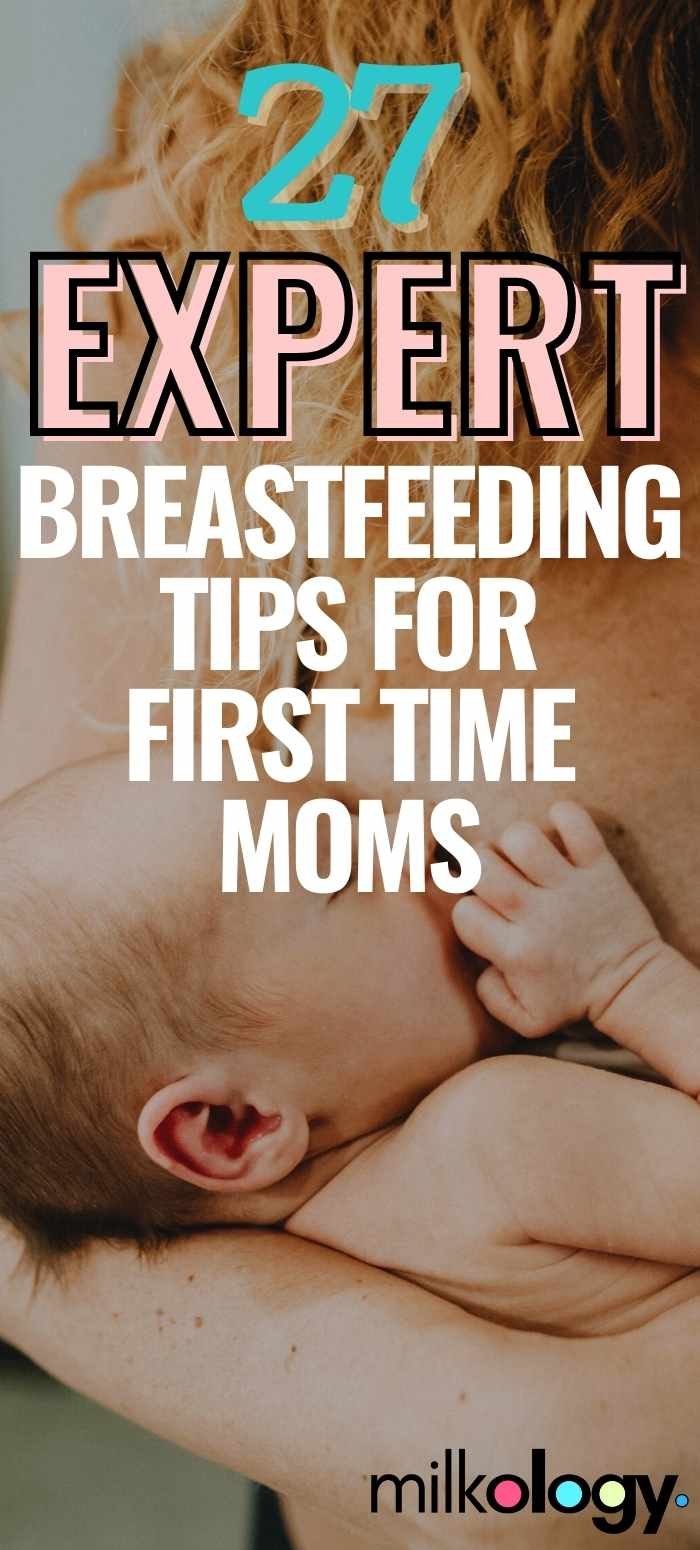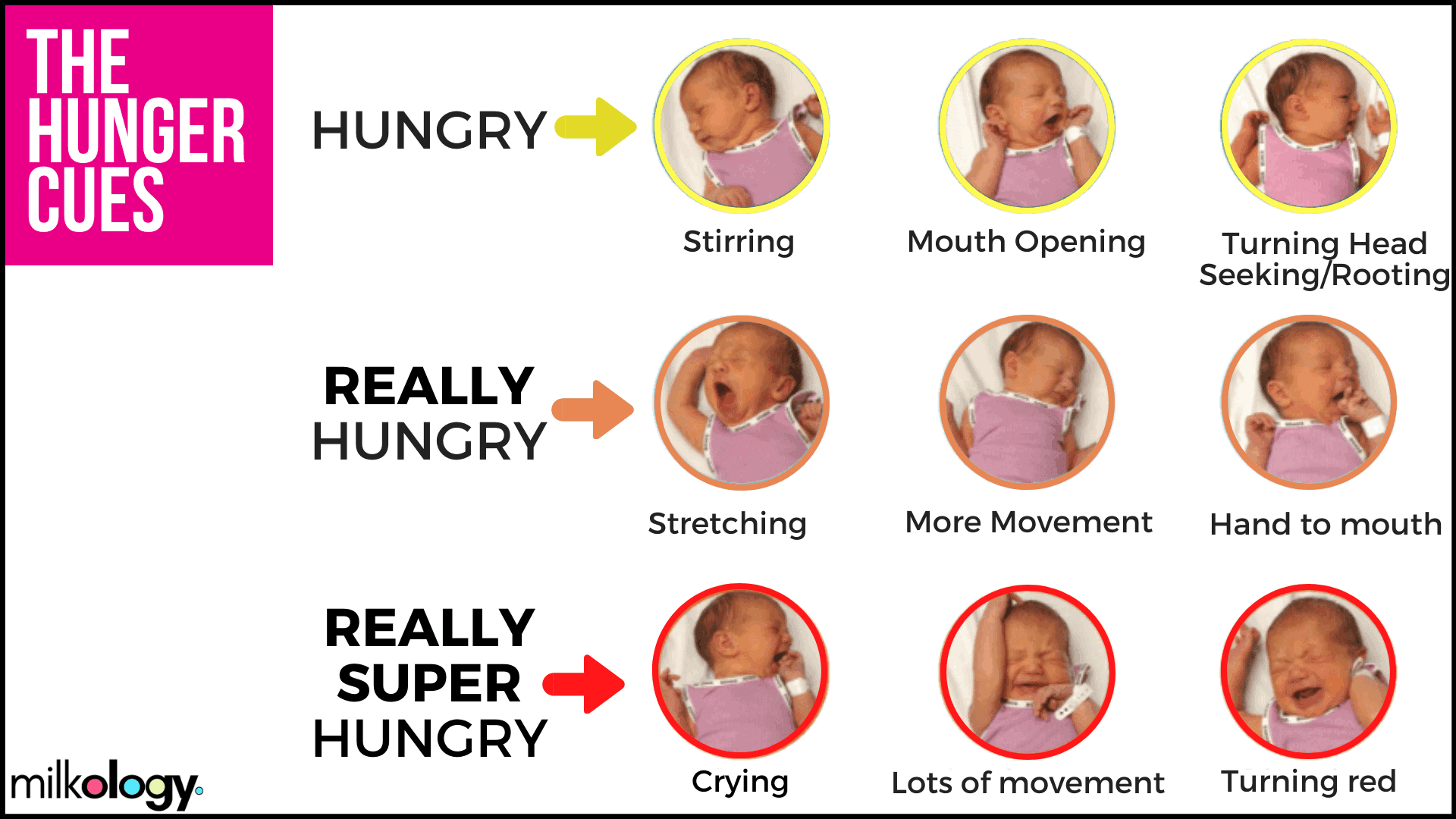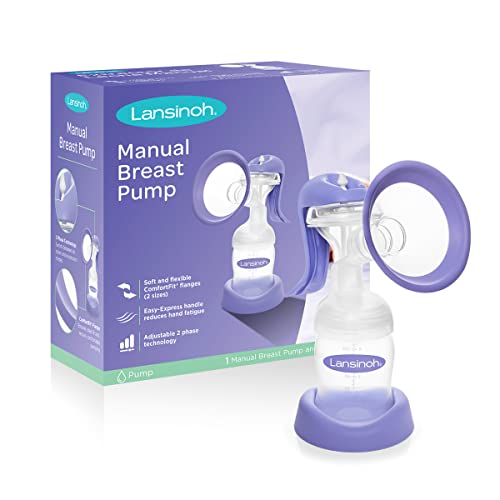27 Expert Breastfeeding Tips For New Moms
Yay! You’re a new mom. Your baby is finally here!
Beyond the happiness of holding your new baby, taking in all the new baby smells, and being filled with tremendous love… you’re probably completely overwhelmed too.
You’re sleep deprived, your hormones are all over the place, and you’re responsible for a new human being.
Being a new mom is no joke!
To help you out we gathered 27 of the BEST breastfeeding tips for first time moms to help you get breastfeeding off to a great start! :)
(this post may contain affiliate links)
It’s a GREAT idea to take a simple and affordable breastfeeding class. Breastfeeding is something you need to LEARN to do. The Ultimate Breastfeeding Class is on-demand and perfect for new moms.
27 Breastfeeding Tips For First Time Moms
Learn Your Baby’s Hunger Cues
There are hunger cues all babies innately communicate to us. Breastfeed on demand and respond to your baby’s hunger cues before they get too fussy.
Have your baby get a deep latch
If the latch is shallow, unlatch, then attempt to latch again aiming nipple toward baby's nose, rather than straight into their mouth.
If your baby is unable to breastfeed or won’t latch, then you must start pumping milk (or hand expressing) frequently until they’re able to latch.
Note: Latching is not time-sensitive. And it’s not a matter of IF they’ll latch, but WHEN.
Think About Limiting Visitors
You and your baby will be learning a new skill. You may not be comfortable having people come and go while your baby is learning to latch and how to breastfeed.
Do whatever is best for you and your family but be sure to make it clear that your baby will be breastfeeding around the clock and that you’ll need time for rest.
If others want to help - you can opt to have others take care of and feed YOU while you take care of and feed baby.
Breastfeed on demand
You cannot overfeed a breastfed baby… but you CAN underfeed them. Most newborn babies breastfeed at least 8 times (or more) in a 24 hour period.
PRACTICE SKIN-TO-SKIN
Being skin to skin with your baby is the absolute BEST way to help transition them to their new environment outside the womb. It also helps calm them and keeps them close to the breast so they can breastfeed when they’re ready.
Skin-to-skin helps baby:
keep warm
steady their breathing
regulate their heartbeat
breastfeed
cry less
stabilize their body temperature and blood sugars
It’s not only helpful after birth — it’s also great to practice skin-to-skin with your baby every chance you get those first 6 weeks, and beyond.
Give laid back breastfeeding a try
The reclined breastfeeding position is perfect for the first feeding because it’s comfortable for you and taps into your baby’s innate feeding reflexes.
In this position, you lean back on the couch, recliner, or bed and nurse your baby. It’s best not to lean all the way back but to prop yourself up a bit with some pillows. Baby can lay across your chest vertically or horizontally whichever which way, but always make sure their belly touches you.
Get comfy
Experiment with different positions to find your favorite. There are SO many different positions to try.
Get help a.s.a.p
If you experience high levels of pain while breastfeeding, don’t wait it out – go see a lactation consultant right away!
Breastfeeding should NEVER involve toe-curling pain. Pain is a sign that something is off and needs to be fixed.
Prepare Ahead of Time
Definitely read a book or signup for a breastfeeding class! Our favorite book on breastfeeding is THIS one.
We also have a free breastfeeding class delivered via email that you can sign up for HERE.
Create a nursing station
Create a space for breastfeeding. You can make a "nursing station"— an area with a comfortable chair, a breastfeeding pillow, and a side table for snacks, water, nursing pads, burp cloths, your phone, and a good book. You'll spend a lot of time there!
Learn how to hand express
The hand expression of breast milk, also called manual expression, is a technique where you use your hands instead of your baby or a breast pump to get the breast milk out of your breasts.
This skill is pretty easy to learn and is a good technique to know and practice when you begin breastfeeding so that you’ll be ready if and when you need it.
Invest in a manual pump
You never know when you’ll be stuck without electricity or when your pump will bite the dust. Having a backup manual pump is a great way to save your sanity, knowing you can always pump whenever/wherever. Bonus: It’s great to travel with instead of lugging around your huge electric breast pump.
Know your baby’s output
Easily know if your baby is getting enough breast milk. (what goes in, must come out!) Check their poop and pee output to make sure.
Related Article:
How Much Your Breastfed Baby Should Be Pooping/Peeing
Prepare for leakage
Get reusable breast pads. They’re better than the disposable ones because you can wash them and use them again and again. They’re better for the environment and will save you tons of money.
Ask to see an IBCLC
While you’re still in the hospital, ask to see the staff lactation consultant so she can check your baby’s latch and see how you’re doing.
Stay hydrated and eat enough
As a breastfeeding mom you’ll need to consume up to 500 more calories per day. You’ll also need to consume extra water.
Drinking extra water will not INCREASE your milk supply, but getting dehydrated may decrease it, so ensure you’re drinking enough. Don’t overhydrate, but make sure you’re drinking enough throughout the day.
SPEAK with a lactation consultant before you have baby
You don’t want to be caught off-guard after baby with no one to reach out to for help. Call a few IBCLCs before baby and keep the number of the one you like the most. At least you’ll have her number close-by if you need help after birth!
attend a breastfeeding support group
It’s never too early to start attending in-person breastfeeding meetings. You can even start when you’re pregnant!
Being around like-minded nursing mamas and having a community of support around you can make all the difference in your breastfeeding adventure.
Join milky mommas
This is our favorite virtual breastfeeding group… It’s FREE. Join here.
Tell the hospital what you want
Sign up to get our free breastfeeding action plan worksheet. Print it out, fill it out, and bring it to L&D with you so there’s no question what you want done after baby is born.
Try to latch during the golden hour
Ideally practice latching within the first hour postpartum when your baby experiences something called the “GOLDEN HOUR.” (a special time right after birth when babies are generally awake, taking everything in, and looking for the breast)
Avoid Pacifiers Or Bottles If Possible
If your baby is healthy and full term, ask that your baby is not given any bottles or pacifiers.
Ideally all of baby’s suckling should happen at the breast, especially in the first month postpartum.
If your baby doesn’t latch at first or you need to express milk to feed them, you can use a spoon or syringe which will give you more control over how much baby is getting and also helps them easily transition back to breast.
Make and freeze some lactation cookies to have on hand
Make sure your pump fits
Find your correct flange size. Most pumps come with standard size flanges (between 24 millimeters and 27 millimeters) but many women need to size up or size down. If your flanges fit incorrectly, it may cause redness, pain, nipple damage, clogged ducts, and improper suctioning may impact your milk supply.
Track your baby’s feedings the first few weeks
Print out our free feeding + diaper tracker so you can keep track of how much your baby is taking in.
Our 3 Fav Breastfeeding Products
🌛 1. This nursing bra is the absolute BEST for breastfeeding at night. It’s super comfy and made of the softest material ever.
💪 2. Boost supply and tone up postpartum. Grab this 28-day plan made just for breastfeeding moms — 50+ slimming, milk-boosting recipes and quick 20-min workouts (yep, even baby-wearing + pelvic floor ones!). Get 10% off Milky Mama’s Postpartum Plan using the code STACEY10 at checkout
🤱 3. If your nipples are sore,these are an absolute lifesaver. They’re super cheap, can be worn for multiple days (perfect when you’re trying to get a good latch), and are soooo soothing.





